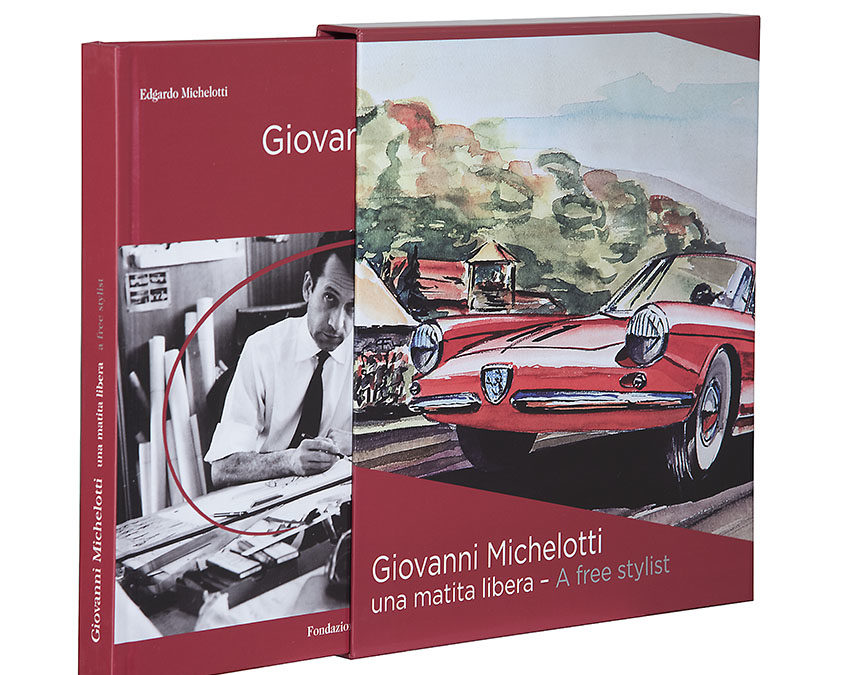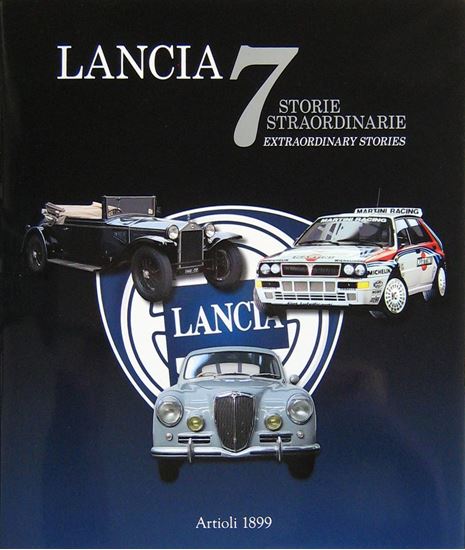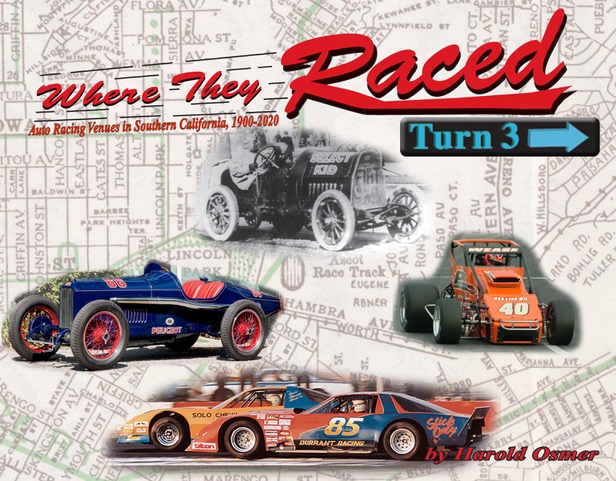
“More auto racing has taken place in Southern California than any other place in the world.”
Where They Raced Turn3 is the long awaited revision of the original classic Where They Raced (out of print since 2012). The history remains unchanged but more images have been uncovered, stories are more detailed, and overall venue coverage is expanded upon.
The first official automotive meet in Southern California took place at Agricultural Park (eventual site of the Los Angeles Coliseum) during Fiesta Week in 1903. This spawned 178 additional auto racing venues ranging from Real Road Races to Board Track Speedways, Short Tracks, Big Ovals, and Drag Strips.
Venues appeared in Santa Monica, Beverly Hills, and on the current sites of Sea World in San Diego and Television City in Los Angeles along with four very different race tracks called “Ascot”(!).
Where They Raced Turn3 traces the rise-fall and rise again of auto racing and its impact on the urban landscape throughout Southern California. This book is less about Who and What raced in favor of the When and (right!) Where they raced. Chances are good that there was an auto racing venue within a few miles of wherever you are in Southern California. Look around, and listen for the echoes of the motors and the cheers from the fans…
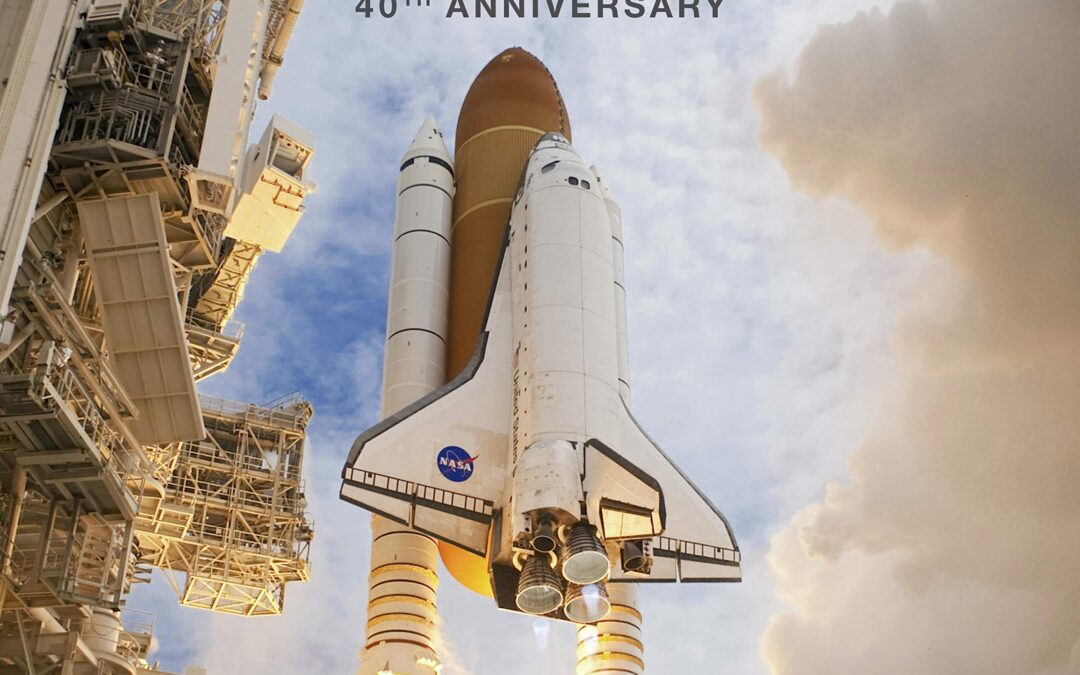
Written and curated by recognized historians of space exploration, NASA Space Shuttle: 40th Anniversary is the authoritative photo history of the iconic space program.
Officially known as the Space Transportation System (STS), the Space Shuttle program operated from 1981 to 2011. During that time, five Shuttle systems took part in 135 missions under the operation of NASA. This approach—namely reusable spacecraft—revolutionized space exploration. NASA Space Shuttle: 40th Anniversary traces the STS’s 30-year operational history. Essays by former NASA chief historian Roger Launius are accompanied by a collection of incredible Shuttle photography and imagery mined from the depths of NASA’s archives by aerospace historian Piers Bizony—all of it presented in large-format color.
Readers will witness the pre-1981 evolution, the missions, astronauts, ground personnel and infrastructure, and amazing accomplishments of the Shuttle program and its spacecraft: Columbia, Challenger, Discovery, Atlantis, and Endeavour. From the launch site at Cape Kennedy, Florida, to mission control in Houston, Texas, to the landing site at Edwards Air Force Base, all aspects of Shuttle operation are covered, including key roles in efforts such as the Hubble Telescope and International Space Station, as well as the tragedies of Challenger and Columbia disasters.
Every carefully chosen image in NASA Space Shuttle: 40th Anniversary tells an aspect of the Shuttle story. The resulting book is not only a unique view of a key chapter of NASA history—it’s a compelling collection of stunning NASA photography and illustrations.
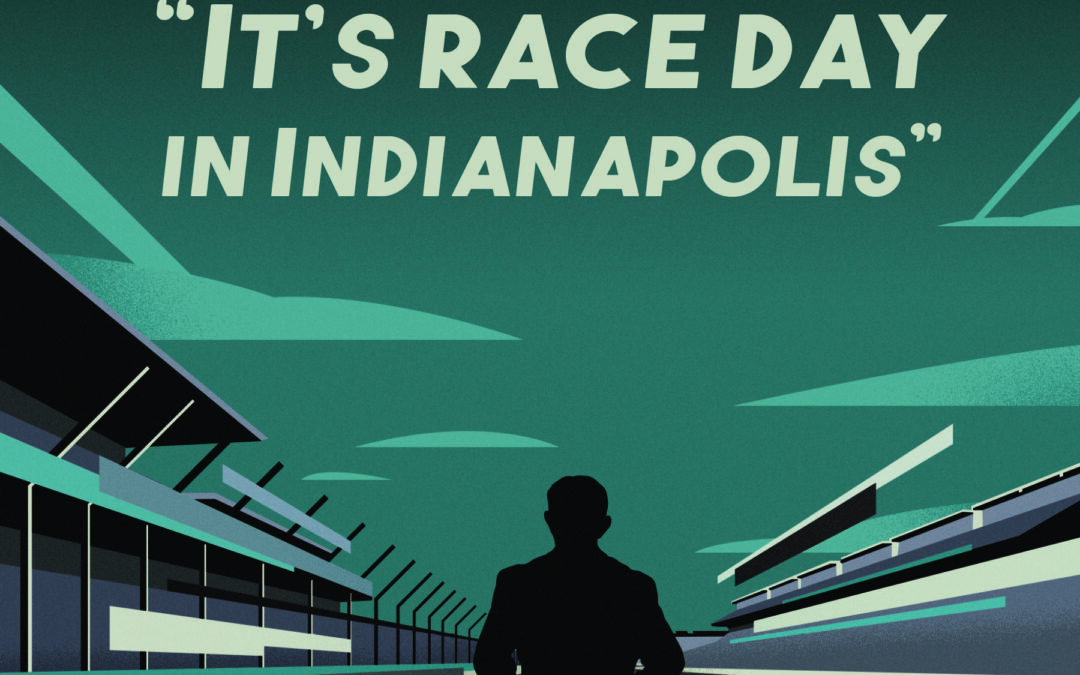
Live from the broadcast booth, Paul Page captured the excitement of 27 Indy 500 races, first as the “Voice of the Indy 500” for the radio broadcast and then as chief announcer for the ABC telecast. From his first race as a pit reporter to his semi-retirement in 2016, generations of fans have witnessed the Greatest Spectacle in Racing as told by Paul Page.
In a life uniquely shaped by the Indy 500, Page fell in love with racing and the Speedway as a teenager, and it became his obsession. After receiving his first press pass in 1965, Page became a fixture in Gasoline Alley, and a trusted friend and confidante to generations of drivers, mechanics and owners.
His rise to fame followed a relentless pursuit of his dream, overcoming many obstacles along the way: dropping out of college, the suicide of his mentor, and recovering from a harrowing helicopter crash. No matter the setback, he used every opportunity to learn the trade of broadcast journalism and the sport of motor racing.
In a career that spanned ABC, NBC, CBS, and ESPN, Page wore a headset for every imaginable race and contest: from Indy cars to drag racers, from the Olympics to the America’s Cup, and from the X-Games to Nathan’s Hot Dog Eating Contest. Page weaves the history, tradition, and lore of the Indianapolis Motor Speedway as he traces across six decades. He introduces the great personalities of the Speedway with many candid moments. He tells great stories from broadcast booths around the world, and slices of life as a young reporter in Indianapolis.
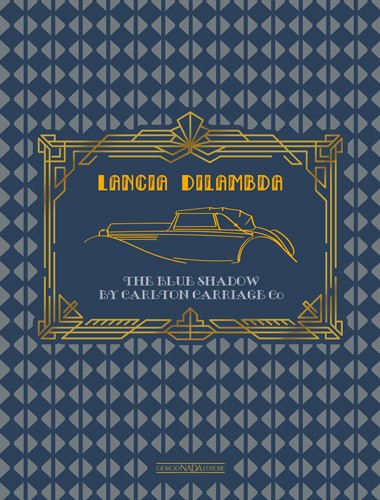
Following the Lambda of 1922, a car at the forefront of the world of automotive design holding a number of world patents, the Dilambda was presented at the Paris Motor Show in 1929, a car of absolute excellence in the best tradition of Italian design. There were three series of cars from the best coachbuilders of the time. Among these the English firm Carlton Carriage Company created the car which is the subject of this monograph, BS, Blue Shadow of 1930. The volume traces the history of this specific model and above all the meticulous restoration that brought it back to the ancient splendor.
A beautiful book dedicated to a car of great charm and history.
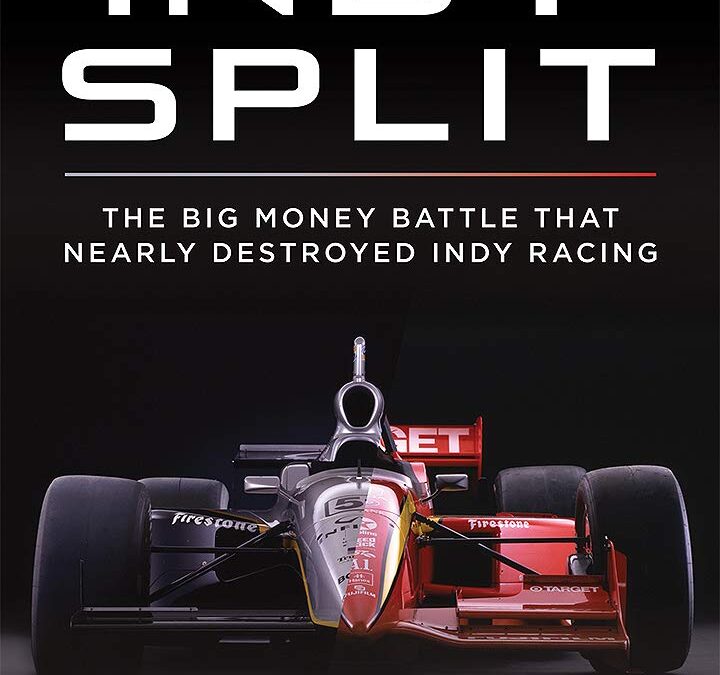
Indy Split is a fascinating, authoritative and overdue account of the big money battle that nearly destroyed the sport of Indy car racing.
In the new book, long-time motorsports reporter John Oreovicz dives deep into the divisive battle between CART and the Indy Racing League. With insightful reporting, Oreovicz recounts the political infighting within the industry which climaxed with a 12-year “Split” from 1996 to 2007 between competing forms of Indy car racing and prevented the sport from achieving its potential.
The book traces the roots of Indy car racing’s dysfunction, which began in 1945 when Tony Hulman rescued the Indianapolis Motor Speedway from potential redevelopment. Over the next 75 years, the Hulman-George family used the stature of the Speedway to carve out a powerful position in American auto racing that sometimes resulted in conflict with Indy car competitors. A volatile period in the late 1970s sparked the formation of Championship Auto Racing Teams (CART), and tensions ramped up even more when Hulman’s grandson, Tony George, assumed power in 1990.
In unprecedented detail, Indy Split uncovers how the Split forced Indy car fans, sponsors, broadcasters and participants to choose sides. The book brings to light the confusion and animosity which caused unnecessary damage to the sport, and covers how negotiations driven by legendary racer Mario Andretti and actor/racer Paul Newman ended the Split in 2008, only to have George to walk away less than three years later. The long struggle for stability was finally resolved in 2020 when Roger Penske acquired IMS and the IndyCar Series, securing a bright future for the Speedway, the Indy 500, and the sport.
Longtime motorsports reporter John Oreovicz began attending the Indianapolis 500 as a teenager in the late ‘70s, allowing him to witness the sport’s growth as an avid fan before documenting its decline as a journalist. With a foreword by Motorsport Hall of Fame inductee Robin Miller, arguably Indy car racing’s most vocal advocate, this is the real story of The Split from one of the sport’s most respected voices

SOLD OUT – AWAITING PUBLISHER RE-PRINT
The prestigious publication in two volumes, Ferrari 1000 GP: The Official Book, in a limited edition, is an extraordinary tribute to Scuderia Ferrari and the remarkable objective of 1,000 Grands Prix achieved by the team from Maranello in 2020.
Over the course of more than 700 pages enriched with more than 1,000 illustrations, many of which are previously unpublished, the work traces the incredible story of Ferrari’s participation in Formula 1 that began in 1950 with the Monaco Grand Prix, continued with no less than 230 victories, 15 drivers’ titles and 16 constructors’ titles and has reached the unique total of 1,000 Grands Prix.
Made in collaboration with Ferrari Spa and available in a limited edition of 2,000 copies, the book is contained in an exclusive slipcase in “Rosso Storico 127”, the same colour as the 125 S, the first Ferrari from 1947, and the SF1000, which in 2020 competed in the Scuderia’s 1,000th Grand Prix on the Mugello circuit. An indispensible volume for the bookshelves of all enthusiasts of the Prancing Horse: a precious collector’s item as well as an invaluable source of information regarding the results obtained by the cars from Maranello in every race and the team’s placings in the Drivers’ and Constructors’ championships.
The book features a foreword by Louis Camilleri and Mattia Binotto.
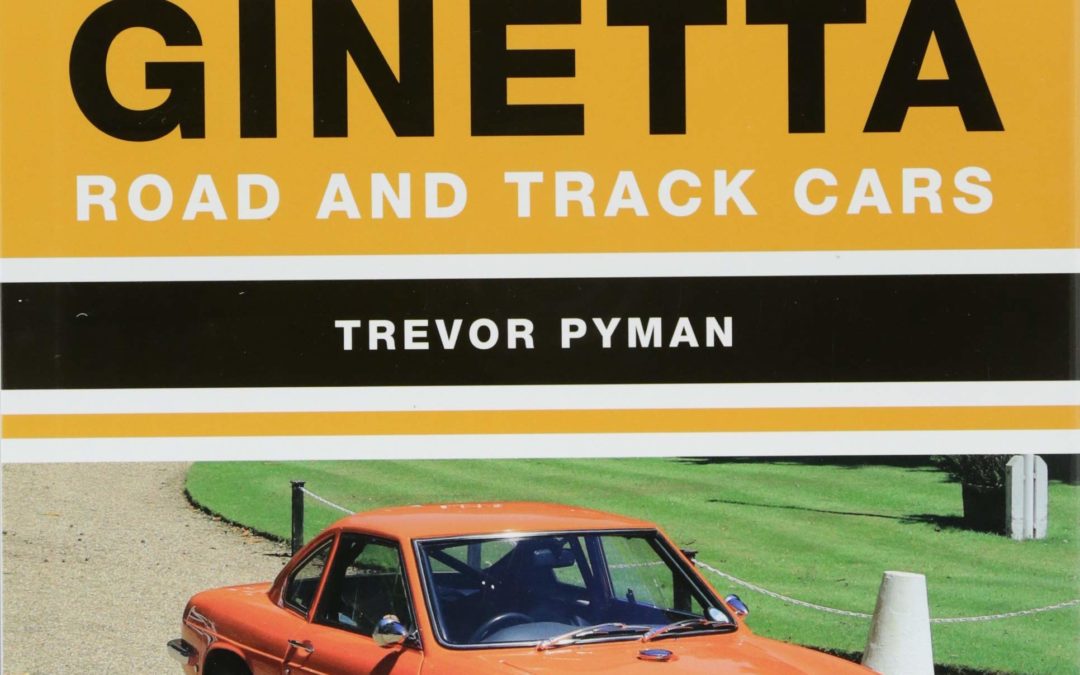
Driven initially by Ivor Walklett’s flair for design and desire to build his own car, the ginetta marque quickly developed from a hobby into a business. The marque synonymous with the four Walklett brothers then grew from its humble roots to become a serious force in motor racing and a volume road car maker. Ginetta – Road and Track Cars traces the story of a marque born out of sheer enthusiasm for cars and racing. With over forty different models designed and built between 1958 and 2005 by Ginetta, this book examines every element of the design innovation, shrewd business management and model line-up that made Ginetta unique among its competitors, and includes the full development history and technical specifications of each major model.
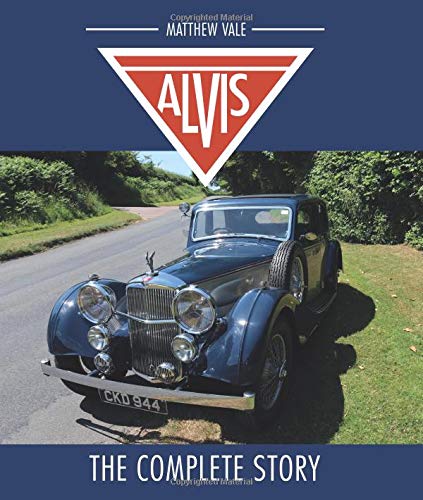
This book tells the story of Alvis and its cars, aero engines and military vehicles. Starting with the formation of the company in 1919, it traces the company’s products through the 1920s and 1930s, and through its wartime exploits to its eventual takeover by Rover. The book covers: the early four-cyclinder cars; the amazing six-cylinder cars; early ventures into armoured car and aero engine production and the post WWII four- and six-cylinder cars.
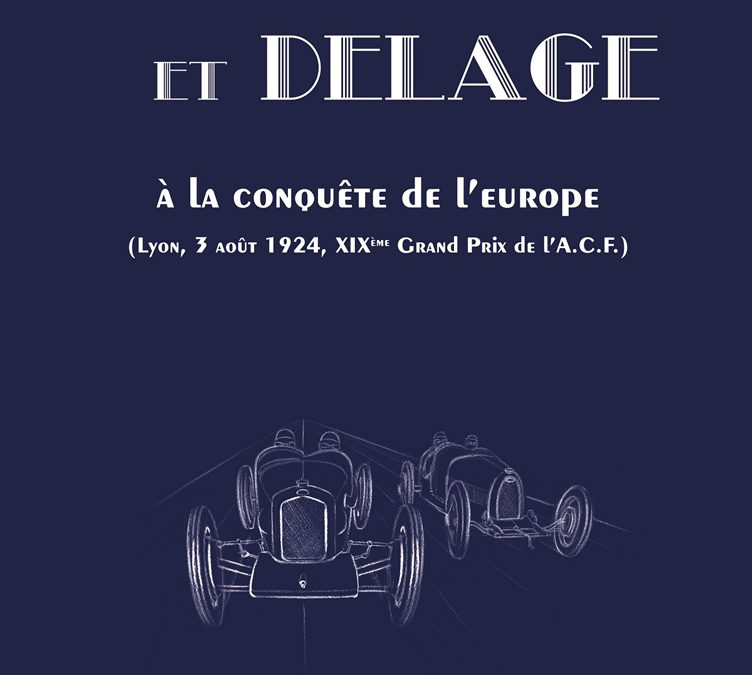
This book traces the whole history of Bugatti and Delage, two great competitors.
Through numerous anecdotes, stories and over 500 documents and period photographs (mostly unpublished), immerse yourself in the retrospective and atmosphere of the most formidable motor racing of the period between the two world wars. . A total immersion to understand all the sporting and technical aspects of European sports car racing of the era and the major effect of their respective performance on the manufacturers.
French text
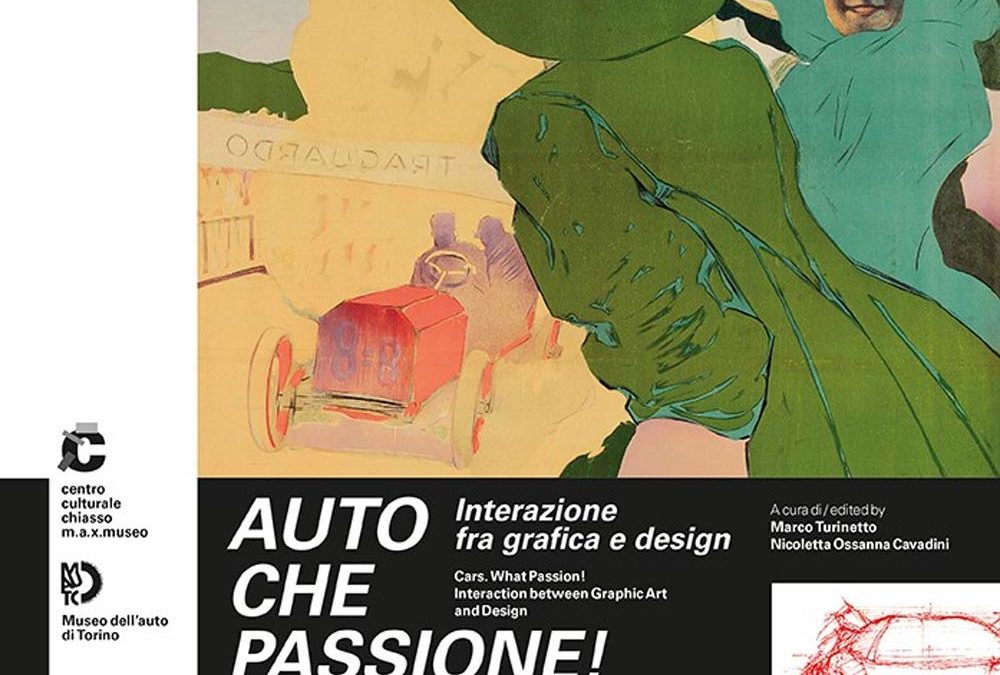
Interaction Between Graphic Art and Design
This volume (with contributions by Maria Canella, Marta Mazza, Nicoletta Ossanna Cavadini, Mario Piazza, Marco Turinetto, Uberto Pietra, Paola Masetta and Ilaria Pani) traces a path that ranges from fashion to periodical publishing, the graphic design of posters, leaflets and postcards to printed media communication, where the complexity of the car as a product appears with its many facets and with all its appeal.
It presents an innovative survey of the theme of the car in which graphics and design are entwined with its various historical phases. This guided tour of cars and stylistic tendencies becomes a comprehensive concept of the “automobile civilization”, so much a part of modern culture, which is analysed through the advertising work that car manufacturers commissioned from the greatest designers: Marcello Dudovich, Leopoldo Metlicovitz, Achille Mauzan, Plinio Codognato, Carlo Biscaretti di Ruffia, Aldo Mazza, Marcello Nizzoli, Max Huber, Giulio Confalonieri and Pierluigi Cerri. The texts are accompanied by a rich collection of illustrations.
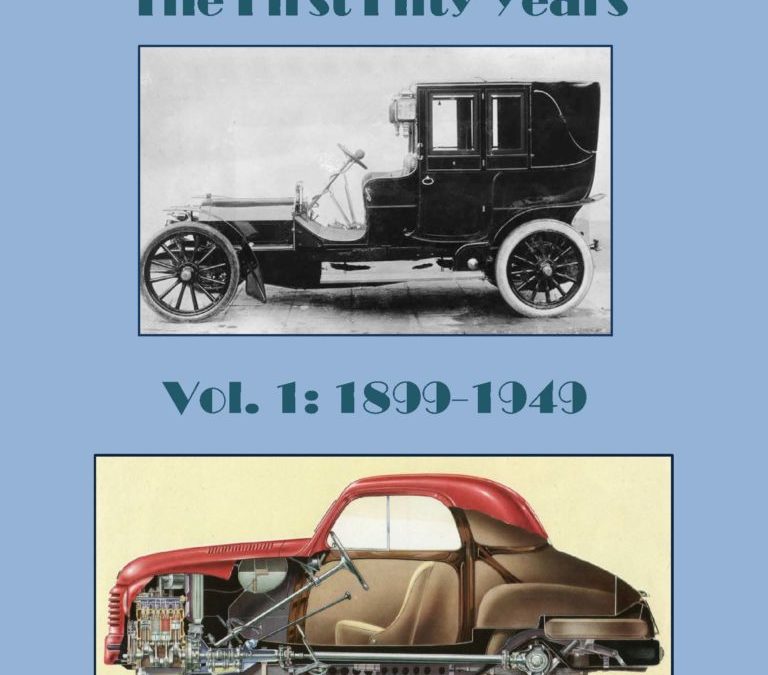
This new book traces the history of the FIAT (Fabbrica Italiana Automobili Torino) company from foundation in 1899, when a group of well-to-do young men decided to found one of the first Italian motorcar manufacturers in Turin, having watched imported French cars putter around and realising their country had no equivalent industry. One of the founders, Giovanni Agnelli, addressed a meeting of fellow-founders on 11th July 1899 thus: “We cannot waste any time. You should have seen what I saw the other day on my trip to Nice. Hannibal is at the gates. In France, even the public sector is starting to use the motorcar.”
Fiat today is a pre-eminent European motor manufacturer producing a wide range of cars to suit every need and budget, cars always cleverly engineered and elegantly styled.
This is volume 1 of 2, a historical survey of 100 years of Fiat cars. The first book covers a fifty year period from 1899-1949, which witnessed the creation of the Fiat businesses and the creation of many innovatively engineered popular cars and trucks as well as aircraft which saw action during two wars.
Competition successes were legion during the period. Fiat attracted brilliant engineers and talented managers, many of whom became legendary names in the annals of motoring history. Without their creative genius, knowledge and skills the company might not have gotten where it is today- bumpy thought the road has been many a time.
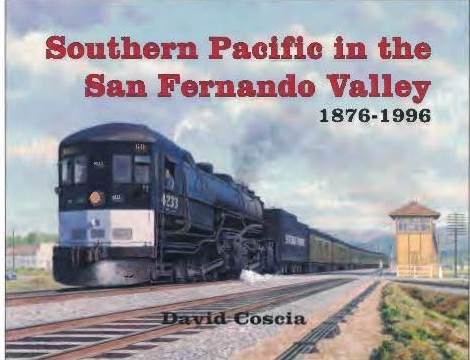
Located north of the Los Angeles basin, the San Fernando Valley was home to a portion of both the San Joaquin main line and the Coast main line, and the entire Burbank Branch. The author traces the history of Southern Pacific in the area from the 1850s when it just an idea, the construction of both main lines and the branch line, the operational history of the railroad, and the end of the Southern Pacific in 1996. Iconic locations such as Glendale station, Burbank Junction, and the three tunnels in Chatsworth through Santa Susana Pass were the stomping grounds of both famous and unknown photographers. Many of the photographs are published for the first time. The steam era covers little 4-4-0s to massive cab-forwards. The diesel era covers the freight and passenger locomotives that dieselized the railroad to the end of the line with SD70Ms and AC4400s. One chapter is dedicated to other railroads in the valley including Amtrak, Metrolink, quarry railroads and two monorails. Thirty-two pages of full-color photography from Daylight locomotives to the last days of scarlet and gray. The book is printed landscape, 11″ x 8.5″, 480 pages, hardcover with a dust jacket, and proudly printed in California.
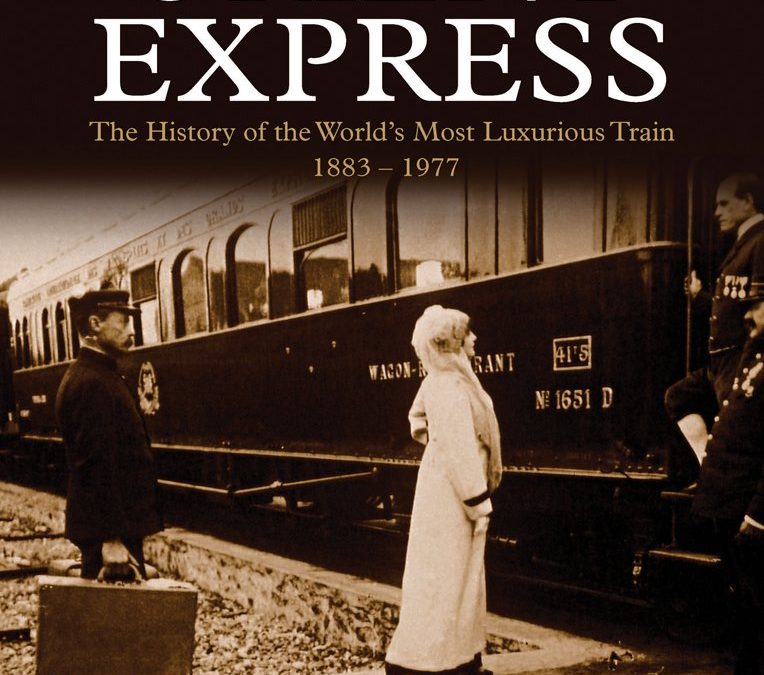
The Orient Express is a name synonymous with luxury train travel in Europe. In 1883, the first train with its gleaming livery and leather-embossed chairs in mahogany-panelled compartments caused a sensation. But by the 1950s and 1960s, the service was becoming ever shorter and European rail travel less stylish. However, in its prime, the Orient Express provided a much-needed luxury service that managed to cross borders and overcome national interests and rivalries. The Orient Express traces the history of the service, from its glamorous beginnings, its popularity with European royalty and heads of state, to its demise in the age of postwar austerity, the Cold War and cheaper air travel. Subsequently revived on a limited scale using some restored original train cars, the mythos of the Orient Express lives on. Illustrated with outstanding black-and-white photographs, many of them seldom seen, The Orient Express offers an intriguing portrait of the birth, heyday, decline – and limited rebirth – of luxury train travel throughout Europe.
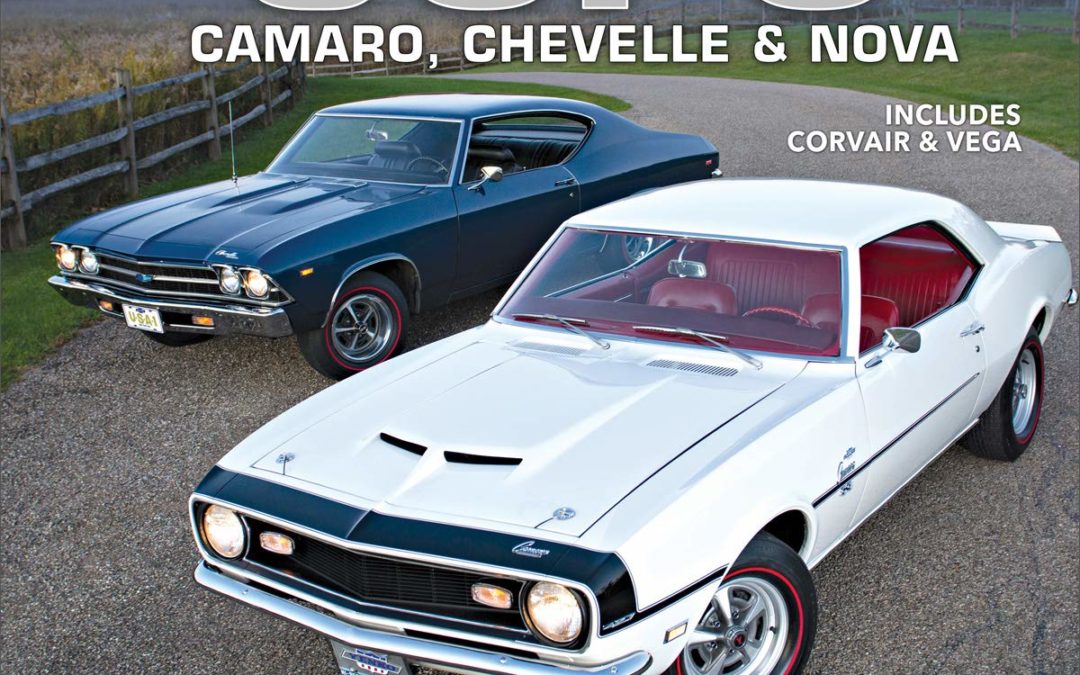
The COPO Camaros, Chevelles, and Novas of the 1960s and early 1970s were the ultimate high-performance GM muscle cars. While few knew about this back channel program at the time, it is now recognized as the origin of GM’s top muscle cars. Dedicated Chevy racers and car owners were determined to compete head-to-head with Mopar and Ford at the racetrack and on the street. But in order to do so, they needed to circumvent the corporate ban on racing and resolve the restriction of 400-ci engines in intermediate vehicles. Don Yenko and some other creative individuals recognized the loophole in the COPO (Central Office Production Order) system at General Motors. The COPO program was designated for fleet vehicles such as taxicabs, but at the peak of the muscle car wars it was used to build the ultimate high-performance Chevy muscle cars.
Some horrific on-track accidents compelled General Motors to drop out of racing, yet GM did not want to allow Chrysler and Ford to steal the glory on Sundays while they stood on the sidelines. As a result, GM inconspicuously ran the Chevy racing and high-performance program through back channels, and COPO was integral part of the program.
Don Yenko became the COPO muscle car program chief architect and champion. He ordered the Corvair through the COPO program and created the Corvair Stinger to mount a SCCA road race campaign. From these humble beginnings, the road map for creating the ultimate Camaros, Chevelles, and Novas was established. Factory Camaro V-8s came equipped with the 350 small-block or 396 big-block, which had to compete with the Mustang Cobra Jets and Mopar Wedge and Hemi cars. In response, building the big-block Camaro through the COPO program was devised. At the factory, Camaros were fitted with the 396 engines and shipped to dealers where the 427s were installed in the cars. From 1967 to 1969, the factory and dealers installed eight different 427 engines, including the all aluminum ZL1 427. Later on, others used the road map to build COPO Novas and Chevelles to similar spec, with similar results. The COPO performance car program did not end with these muscle cars. Yenko even ordered several hundred Vegas through the COPO program, so they could be fitted with turbochargers and raced in SCCA competition.
Chevy muscle car aficionado and author Matt Avery retraces the history of the COPO program and the creation of these premier muscle cars. He has scoured archives and tracked down owners and personnel involved in the program to deliver a comprehensive story and complete guide to the COPO cars. The COPO muscle car and racing program produced a storied and remarkable journey, and author Matt Avery captures all these facets in this entertaining and revealing history.
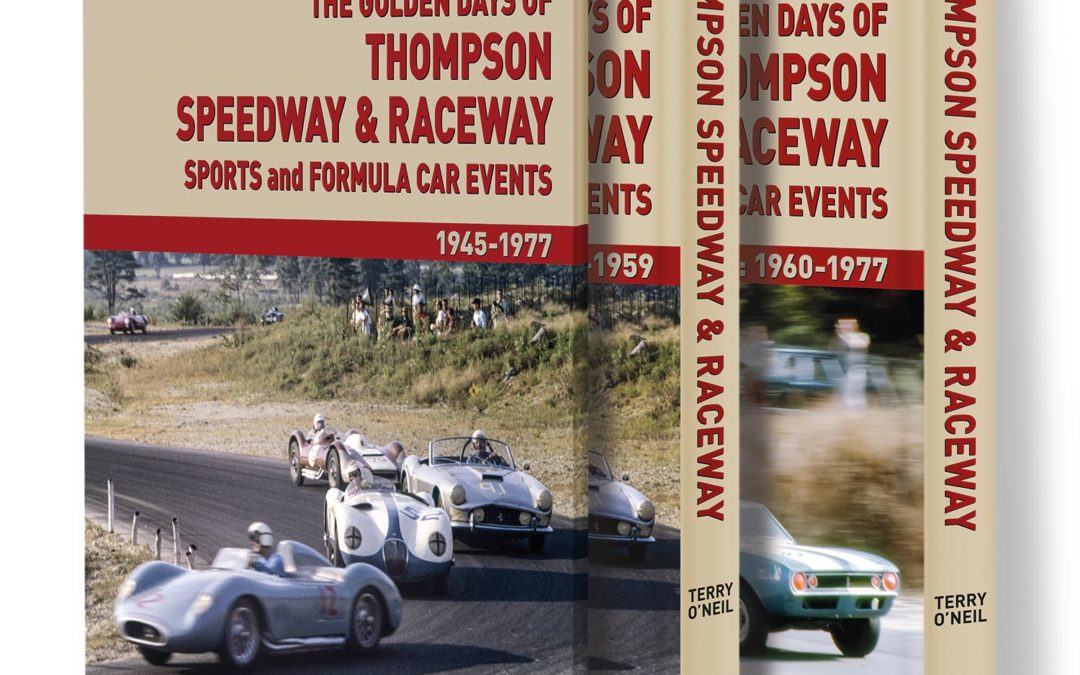
Occasionally a spark of inspiration can become the catalyst for transition. Just such an occasion took place with the construction of Thompson Speedway in 1940, a five-eighth mile banked oval track, dubbed “The Indianapolis of the East.” A road course joined to the oval in 1952 enlarged the track to form the first privately-owned complex where sports car drivers could race safely. It transformed the face of sports car racing in America, and hastened the demise of the dangerous open-road events together with the majority of flat and boring airfield race venues. This two-volume set, illustrated with many previously unseen photographs, traces the history of the raceway during its active years and describes the personalities involved in the changing fortunes of the course until its closure in 1977.
- Two-volume set with dust jacket and slipcase
- 240mm x 330mm (portrait format)
- 760 pages (VOL 1: 352 pages, VOL 2: 408 pages)
- 1200 images total
- Signed and Numbered Edition of 500 copies
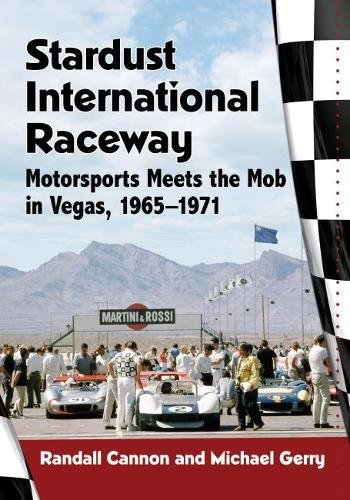
Professional motorsports found their way to Las Vegas in the mid-1950s at a bankrupt horse track swarmed by gamblers–and soon became enmeshed with the government and organized crime. By 1965, the Vegas racing game moved to Stardust International Raceway, constructed with real grandstands, sanitary facilities and air-conditioned timing towers. Stardust would host the biggest racing names of the era–Mario Andretti, Parnelli Jones, John Surtees, Bobby Unser, Dan Gurney and Don Garlits among them.
Established by a notorious racketeer, the track stood at the confluence of shadowy elements–secret wiretaps, casino skimming, Howard Hughes, and the beginnings of Watergate. The author traces the Stardust’s colorful history through the auto racing monthlies, national newspapers and the files of the FBI.
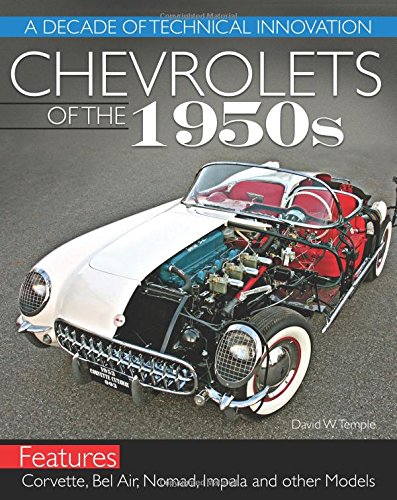
As the 1950s dawned, General Motors focused its industrial might on producing revolutionary rather than evolutionary cars with the ultimate goal to become the clear market leader in the automotive industry. To accomplish this goal, the company designed, developed, and consistently released innovative automotive technology. During the decade, Chevrolet introduced the small-block V-8, the Powerglide automatic transmission, air-conditioning, power steering, and many other innovations that made the cars faster, more comfortable, and safer.
All of the pieces had fallen into place. General Motors had astute leadership, a brilliant engineering team, forward-thinking stylists, a massive manufacturing infrastructure, and the capability to produce cutting-edge technology. With unbridled optimism and exuberance to meet the demands of the booming U.S. economy of the 1950s, the company designed, developed, and delivered an unprecedented number of breakthrough technologies, and established the blueprint for the modern automobile.
Automotive historian and veteran author David Temple goes behind the scenes to reveal how these technologies were designed, manufactured, and installed on Chevrolet’s fine portfolio of cars: the Corvette, 1955-1957 Bel Air, Nomad, Impala, and many more. Inside General Motors, many dedicated and talented leaders who were determined to make Chevrolet cars the best on the market. Vice President of Styling Harley Earl and his team designed the 1953 Corvette concept car for the Motorama show. After receiving numerous accolades, it was rushed into production. Design chief Harley Earl used his design acumen and creative vision as he led his team to style the 1955-1957 Bel-Air. Zora Arkus-Duntov worked tirelessly and transformed the Corvette from a touring car into a genuine sports car. Ed Cole and his engineers overcame many challenges to develop the compact, efficient, and powerful Chevy small-block V-8, which continued in production for decades.
Chevrolets of the 1950s retraces the design, development, and production of these cars, but it also covers innovative vital components that were installed in them. If you have been looking for the inside story on GM’s arguably greatest decade, the models, and the technology it produced, you have found it.
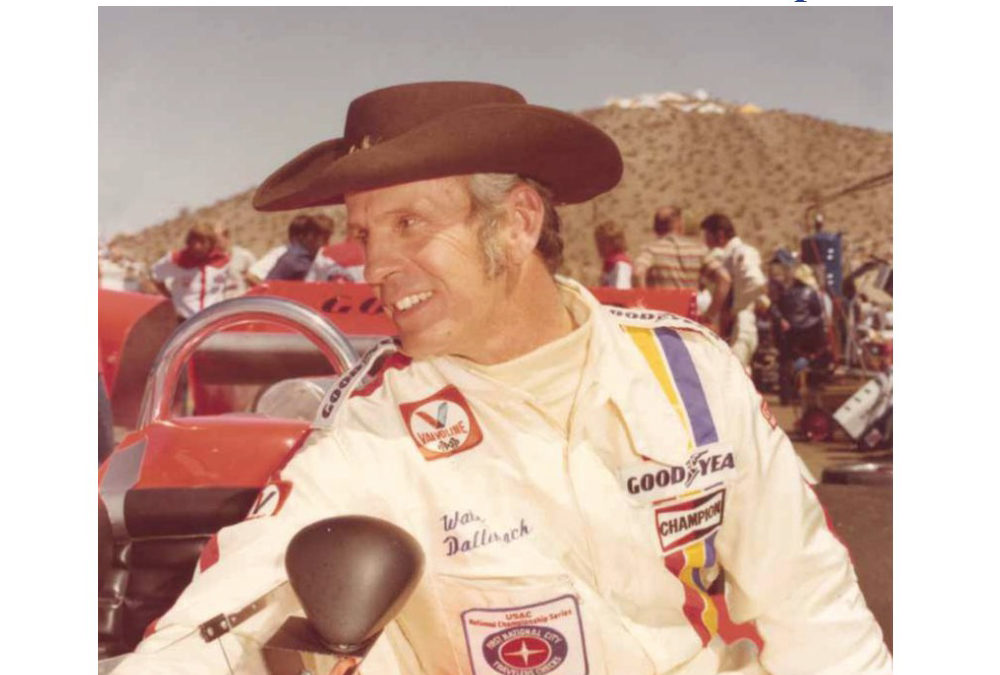
Celebrated author Gordon Kirby traces the long and significant life of Wally Dallenbach whose contributions to the sport of automobile racing have been enormous over the 50 years of his remarkable career.







